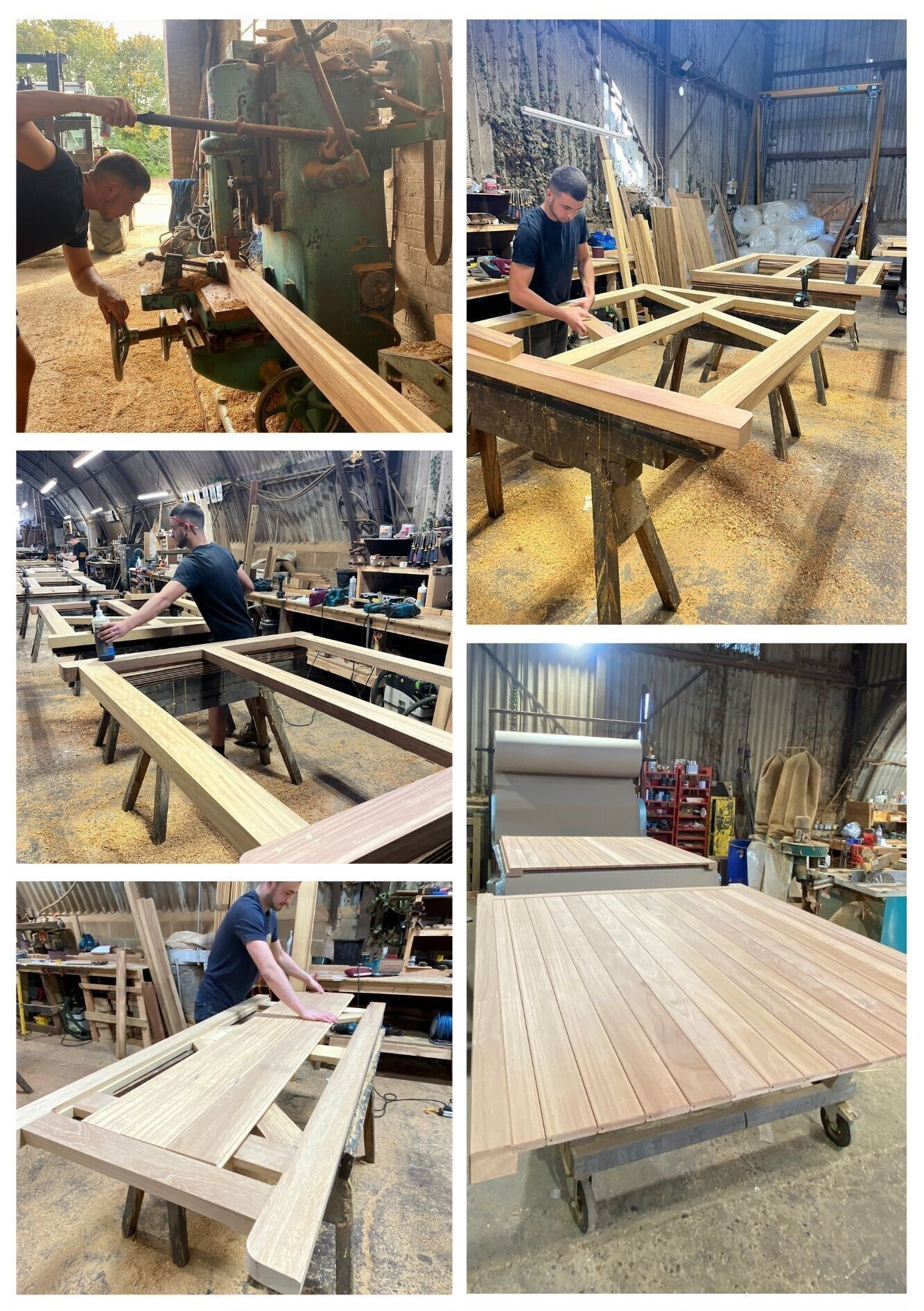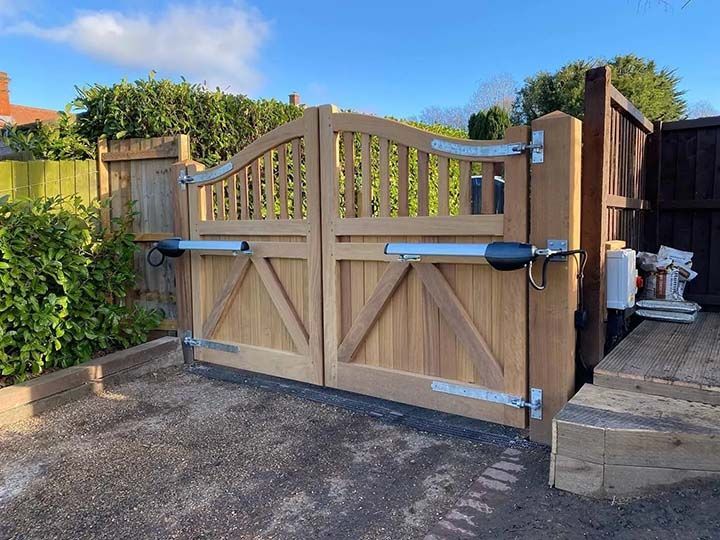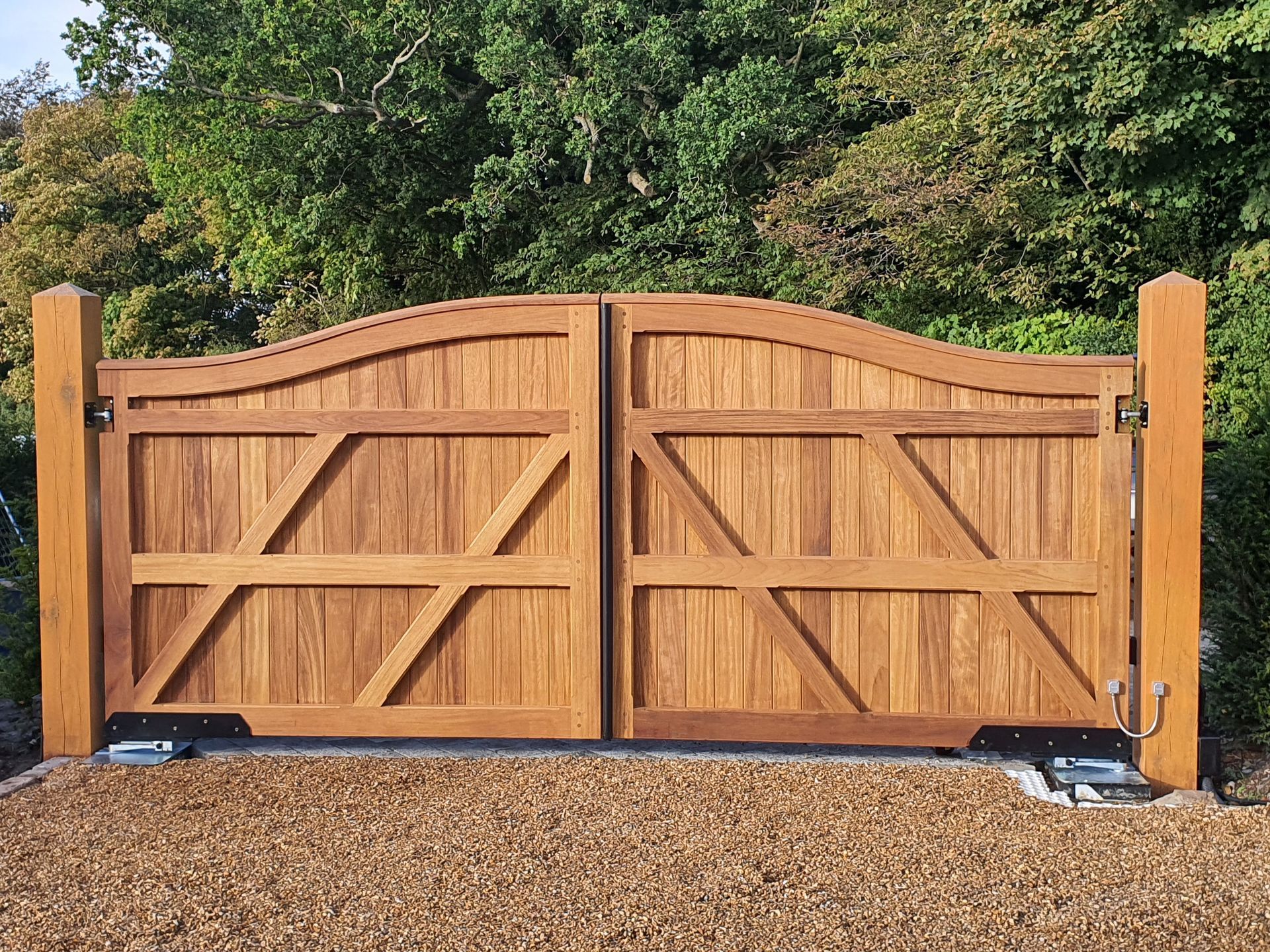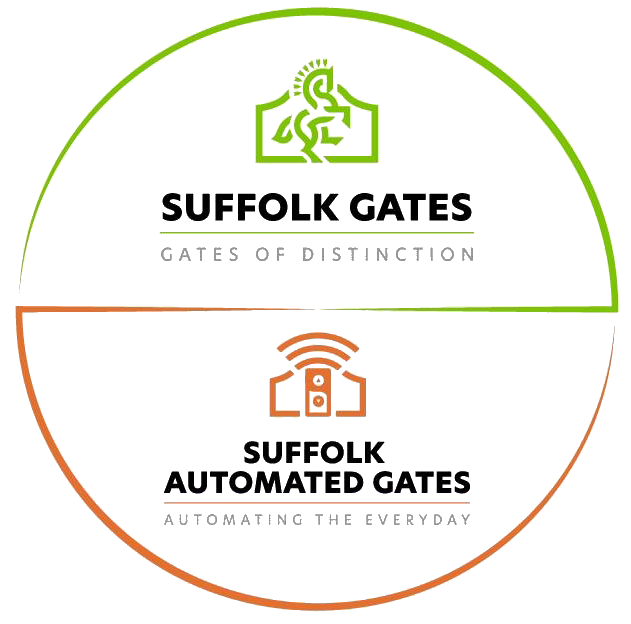Choosing the Right Gate Automation System for Your Property

Gate automation refers to the use of technology to operate and control gates automatically. There are different types of gate automation systems, which include:
- Sliding Gate Automation: This system is used for gates that slide horizontally to open and close. It typically consists of a motor, control unit, and accessories such as remote controls and safety sensors. Sliding gate automation is suitable for gates in areas where space is limited, as it doesn't require the swing radius that a swing gate requires.
- Underground Gate Automation: This system is used for gates that swing open and close. The motor and control unit are installed underground, making it a discreet option. It typically consists of a motor, control unit, and accessories such as remote controls and safety sensors. Underground gate automation is an excellent option for homeowners who want to maintain the aesthetic appeal of their property as it's hidden.
- Above Ground Gate Automation: This system is used for gates that swing open and close. The motor and control unit are installed above ground, either on the gate or adjacent to it. It typically consists of a motor, control unit, and accessories such as remote controls and safety sensors. Above ground gate automation is a popular choice for residential and commercial properties, as it's easy to install and maintain.
Here are additional extras that can be added to gate automation systems:
- Intercoms: Intercoms allow communication between visitors and residents, and they can be installed at the entrance gate or on the property. Intercoms can be audio-only or include video for added security.
- Video Intercoms: Video intercoms are similar to regular intercoms but include a camera for visual identification. They're particularly useful for gated communities, as they allow residents to verify the identity of visitors before granting access.
- Push to Exit: A push to exit button is a device installed inside the property that allows authorized individuals to exit without a remote control or keypad. It's particularly useful for commercial properties, where employees or visitors need to exit frequently.
- Ground Loops: Ground loops are sensors installed under the driveway that detect the presence of a vehicle. They're particularly useful for busy properties, where the gate needs to open and close frequently. Ground loops can also be used to prevent the gate from closing on a vehicle that's still in the gate's path.
These extras can be added to any type of gate automation system, including sliding gate automation, underground gate automation, and above ground gate.

Ever wondered how those awesome hardwood gates come to life? Join us as we spill the beans on the laid-back journey from milling the raw wood to crafting all the cool and intricate designs. When crafting a hardwood gate to help guarantee the longevity of the gate itself, it's important to make sure the wood has been ripped and destressed properly to help prevent any movement. Another really important factor is to make sure depending on the timber and location it is the wood has been air dried or kilned dried. All of these factors will increase the longevity and stability of the product you receive. When we purchase all our timber in raw wood (boule) it allows our team to go through this process when milling and machining the timbers, all ready to be morticed and tenoned. Having a mortice and tenoned joint on our gates allows a very strong joint, as it is a closed joint it won't allow moisture to get in as it's a closed joint. Mortice and tenoned it also the traditional joinery method which has been used in the industry for years. When putting the frame together ready to brace and board the gates, we use a strong expanding glue on all the joint with 15mm dowels on the back of the gates for extra strength against any movement. Before we then board the gate we would prep it by sanding and filling the existing frame we have together. We would also add a medium size bevel to any of the harsh edges for a more decorative touch and a very small one to the outer edges to help prevent any splitting or chipping of the final product. Once we have finished the prepping, we would then move onto boarding the gates. We would cut and add a small bevel top and bottom of the boards, before then fitting the boards into the frame. Once happy with the final placement of the boards we would nail them into place with a brad nail gun, top and bottom and across the braces. Very final step. Make it look perfect! We finish the gate with a very fine sandpaper to give it that super smooth feel and to eliminate any scratches which could be left on the gates. Once we are happy, we would wrap the gate and it would be ready to go to its new home.









